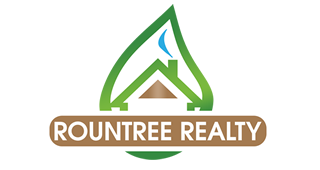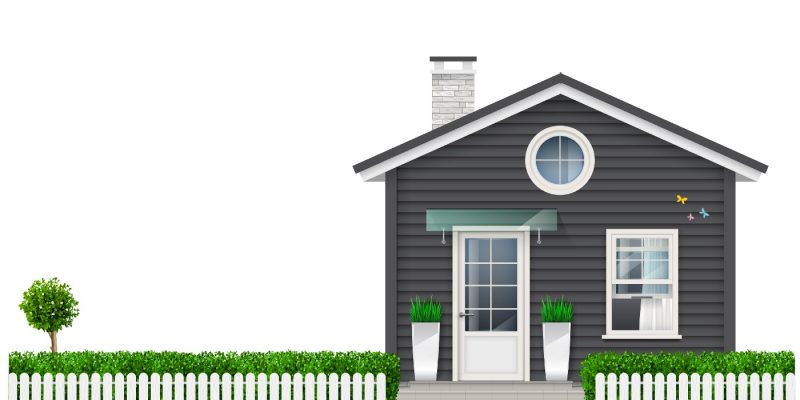Thanks to tight inventory and competition from institutional investors, more first-time buyers set their sights on larger homes with lots of backyard space.
First-time homebuyers aren’t just competing with each other for smaller starter homes – they’re also competing against institutional investors seeking rental properties. In a few markets, starter homes are routinely selling for $100,000 over asking price.
The National Association of Realtors® (NAR) estimates that the average price for a starter home rose from $233,400 in 2019 to $307,400 by the end of 2021, which boosted the average monthly payment from $1,038 to $1,224.
In addition, NAR says a first-time buyer’s median age climbed from 32 years old in 1981 to 45 today, and this group’s median income increased from $80,000 a year in 2020 to $86,000-plus in 2021.
“We have to redefine what a starter home is,” says Terry Hendricks, a Realtor with RE/MAX DFW Associates in Dallas.
Agents generally define a starter home as being about 1,500 square feet with two or three bedrooms that’s sufficiently affordable for a buyer who lacks equity from selling their previous home, and preferably in move-in condition.
Olivia Mariani at proptech company Curbio explained that the move-in-condition factor is especially critical for millennial buyers, while elements like outdoor space or a slightly larger home are also becoming more desirable for first-timers due to the pandemic.
Some experts predict that buyers will migrate to cheaper markets free of factors like technology jobs and cold climates, a trend currently fueling high prices in destinations like Austin and Tampa.
Source: Inman (03/15/22) Verde, Ben


